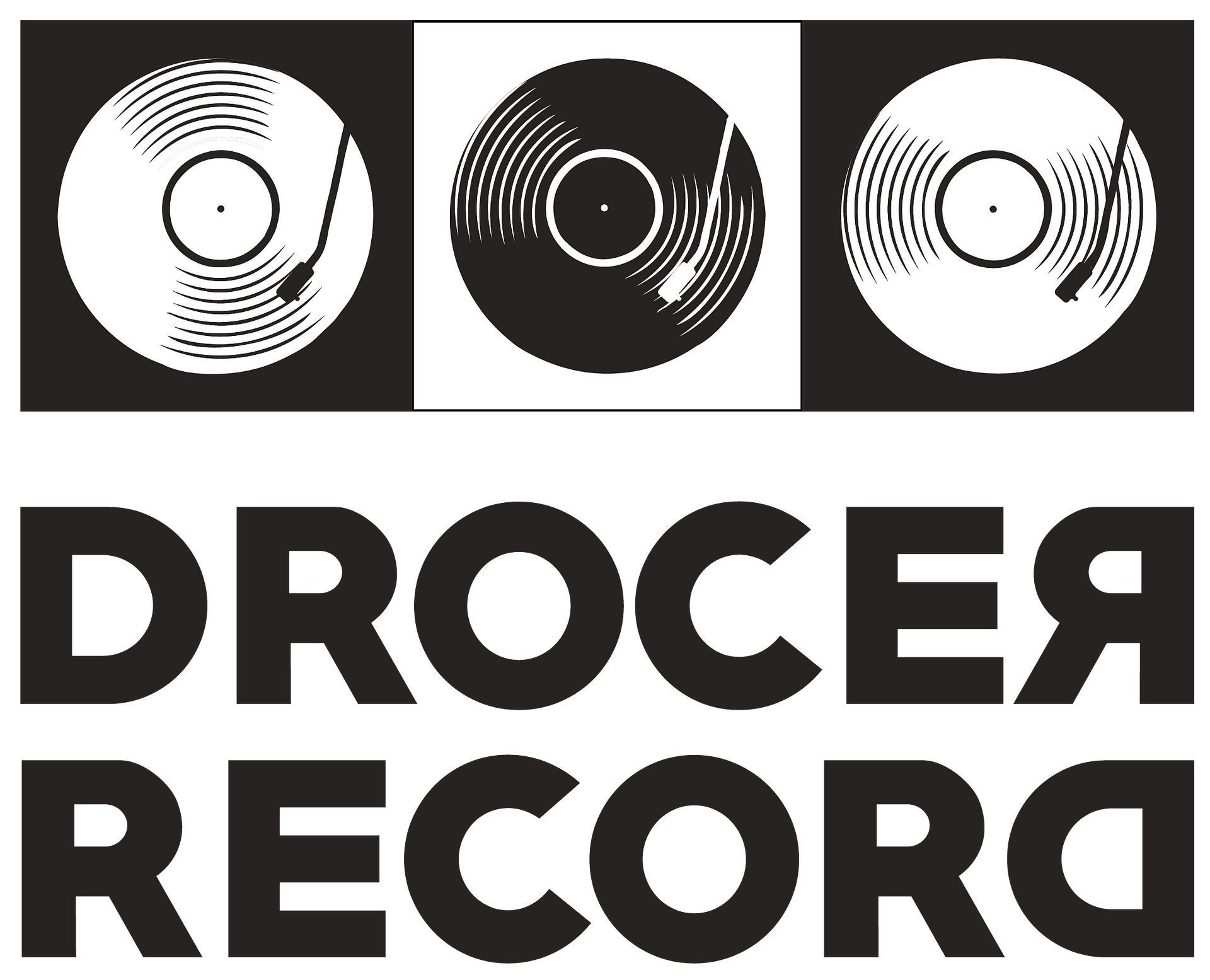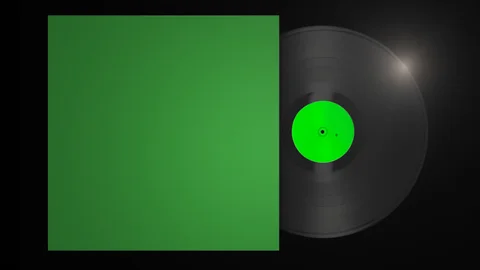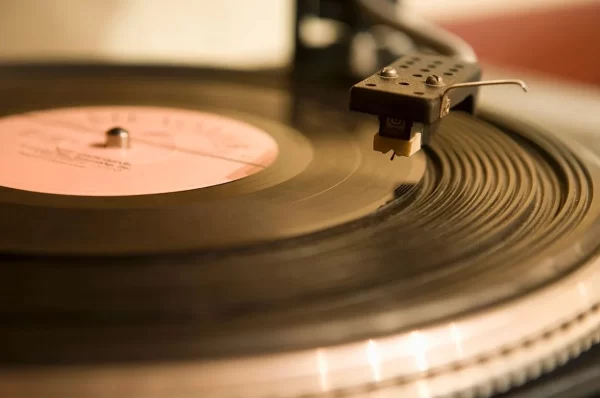A vinyl record cover, also known as a record sleeve or album cover, serves both as a protective casing for the vinyl disc and as a canvas for artwork that reflects the music within.
Although the dimensions of vinyl record covers can vary slightly, they generally conform to specific standards based on the size of the vinyl disc itself. Here’s an in-depth look at the dimensions, design elements, and history behind vinyl record covers, plus the evolution of their sizes over time.
1. Standard Vinyl Record Cover Dimensions
Vinyl records typically come in three standard sizes: 7-inch, 10-inch, and 12-inch. Each of these sizes corresponds to a different type of record, which plays at different speeds and often contains a different amount of music.
The cover dimensions are designed to match the size of the record while also providing ample space for creative design.
- 12-Inch Vinyl Cover: The 12-inch record cover is the most common size for LP (long-playing) records. The standard dimensions for a 12-inch record cover are approximately 12.375 inches by 12.375 inches (31.43 cm x 31.43 cm). This size provides a large canvas for detailed artwork, which is one reason many people appreciate vinyl record covers as collectible art.
- 10-Inch Vinyl Cover: Less common, the 10-inch vinyl cover dimensions are roughly 10.375 inches by 10.375 inches (26.35 cm x 26.35 cm). This size is used mainly for EPs (extended plays), which hold more music than singles but less than a full LP. The smaller size offers less room for artwork, but designers often use this constraint creatively.
- 7-Inch Vinyl Cover: This smaller cover, about 7.125 inches by 7.125 inches (18.1 cm x 18.1 cm), is standard for single records, often referred to as “45s” because they typically play at 45 revolutions per minute (RPM). Since singles generally include one or two songs per side, the cover’s design might be simpler, sometimes featuring just the artist’s name and song title.
These dimensions may vary slightly due to manufacturing differences, and additional packaging elements like sleeves and inserts may affect the overall size.
2. Why Standardization Matters
Standardized dimensions in vinyl records help in manufacturing, storage, and packaging efficiency.
Knowing the general size makes it easier for record collectors, retailers, and storage manufacturers to create record crates, racks, and other storage solutions that fit vinyl records neatly.
Furthermore, standard dimensions facilitate the distribution process by allowing record labels and stores to display and stock albums consistently. This predictability helps ensure that records remain organized and visually appealing, both for consumers in stores and for collectors at home.
3. Design and Aesthetic Significance
One of the most exciting aspects of vinyl record covers is the visual appeal of the design. The large 12-inch LP covers, in particular, have been considered a unique form of art. Musicians and designers have used these covers as an extension of the music itself, reflecting themes, moods, and messages that complement the album.
In the late 1960s and 1970s, album cover design reached new heights, with artists such as The Beatles, Pink Floyd, and Led Zeppelin using elaborate, imaginative artwork. Covers like Pink Floyd’s The Dark Side of the Moon and The Beatles’ Sgt. Pepper’s Lonely Hearts Club Band became cultural icons in their own right.
Today, vinyl records continue to thrive, and covers still act as a form of artistic expression, with many albums featuring artwork designed by prominent artists or photographers. Some collectors are drawn to records not only for the music but also for the visual artwork on the covers.
4. Materials and Construction
Most vinyl record covers are made of cardboard, with a protective inner sleeve made of paper or plastic to shield the record from dust and scratches. Higher-end records may come with thicker cardboard or gatefold sleeves, which open up to reveal additional artwork or liner notes inside.
- Glossy vs. Matte Finish: Glossy finishes give the album a shiny, polished look, which enhances colorful and detailed artwork. Matte finishes, on the other hand, provide a more subdued aesthetic that may be preferred for minimalist designs.
- Gatefold Covers: A popular style for double LPs, gatefold covers have two panels connected by a hinge. This design provides extra space for artwork, lyrics, or additional album information. The dimensions of each panel in a gatefold cover are typically the same as a standard cover, resulting in a double-wide layout when opened.
5. Evolution of Vinyl Cover Sizes and Design Over Time
Vinyl record covers have undergone a fascinating evolution since they were first introduced.
The concept of using album covers as a marketing tool started in the 1930s, when Columbia Records introduced illustrated covers to attract more buyers. Before that, records were sold in plain brown wrappers, with little or no information about the music inside.
In the 1950s and 1960s, album covers began to feature photographs and artwork that reflected the music and the artists’ personalities. By the 1970s, album cover art had reached its peak, with elaborate and often provocative designs that aimed to capture the attention of record store shoppers.
As the 1980s and 1990s brought the rise of CDs and digital music, the demand for vinyl diminished, and record cover art became less prominent. The smaller CD cases (approximately 4.75 inches by 4.75 inches) could not match the visual impact of 12-inch LP covers, which contributed to the waning appeal of album cover art.
However, with the resurgence of vinyl in the 2000s and 2010s, record covers have once again become a vital part of the music experience.
Many music fans appreciate the tangible, larger-than-life quality of vinyl covers, and designers have seized this opportunity to create visually compelling works.
6. Practical Applications and Considerations
For collectors, DJs, and vinyl enthusiasts, knowing the dimensions of record covers is essential. It affects how they store their records, design shelves, or transport vinyl to events.
Specialized record storage solutions often provide slots or shelving units that match the 12-inch, 10-inch, or 7-inch standard cover sizes, ensuring safe and organized storage.
Vinyl record cover dimensions also impact the design choices for custom sleeves. Many independent artists and labels opt for customized designs, and understanding these dimensions ensures that artwork and text are not cut off during the printing process.
Specialized printing companies adhere to these dimensions to guarantee that the final product fits the records perfectly.
7. The Artistic and Cultural Legacy of Vinyl Record Covers
Beyond dimensions, vinyl record covers hold a unique place in music culture. They bridge the gap between audio and visual art, adding a new layer to the listener’s experience. Vinyl covers allow artists to introduce audiences to their music visually before the needle even touches the record.
Iconic record covers often become synonymous with the music and the era they represent. The tactile experience of holding a 12-inch cover, examining the artwork, and reading the liner notes adds depth to the music experience in a way digital music cannot replicate.
Collectors treasure these covers for their aesthetic value, historical significance, and the stories they tell.
Also Read: – How are vinyl records made
Conclusion
The dimensions of vinyl record covers are more than just measurements—they define an art form that accompanies the music and enhances the listening experience. Standardized sizes of 12-inch, 10-inch, and 7-inch ensure that vinyl records are well-protected, easily stored, and displayable.
The large canvas that a vinyl cover provides has inspired some of the most iconic designs in music history, influencing both popular culture and the art world.
As vinyl continues to enjoy a revival, the album cover remains an essential part of the experience, appealing to both audiophiles and art enthusiasts. The vinyl record cover, in all its standard dimensions, stands as a testament to the enduring appeal of physical music and the art that surrounds it.

An Electronics Engineer & A MBA in Marketing Graduate, Kinjal Gosar is a passionate audiophile herself. Starting her career at India’s biggest Consumer Electronics Retail Chain, her technical knowledge is amazing. Classic Rock has been a huge part of her life and her love for Music has always been evident in all her work. A vinyl collector herself, she loves spreading the joy of analouge while giving nothing but the best to her fellow vinylheads.





